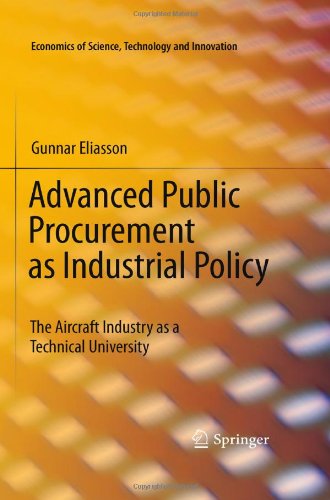

Most ebook files are in PDF format, so you can easily read them using various software such as Foxit Reader or directly on the Google Chrome browser.
Some ebook files are released by publishers in other formats such as .awz, .mobi, .epub, .fb2, etc. You may need to install specific software to read these formats on mobile/PC, such as Calibre.
Please read the tutorial at this link: https://ebookbell.com/faq
We offer FREE conversion to the popular formats you request; however, this may take some time. Therefore, right after payment, please email us, and we will try to provide the service as quickly as possible.
For some exceptional file formats or broken links (if any), please refrain from opening any disputes. Instead, email us first, and we will try to assist within a maximum of 6 hours.
EbookBell Team

4.0
16 reviewsThe primary theme of this book is to investigate the macroeconomic significance of the "cloud" of technological spillovers that surrounds advanced industrial production: In what ways do technological innovations spread and contribute to economic growth? What policies can be developed to maximize the economic potential of innovations? These themes are particularly timely in the context of global economic crisis, government-sponsored stimulus packages, and the ongoing evolution from manufacturing-based to knowledge-based economies. To explore these issues in depth, Gunnar Eliasson focuses on a detailed case study of the development of Saab’s military aircraft, the JAS 39 Gripen system—a project that involves advanced technological innovations, a complex network of suppliers, public-private sector collaboration, and both military and commercial applications. The experience in the aircraft industry is also compared with spillover effects in telephony, computers, and medical technologies. The study emphasizes the role of customer competence in raising the quality of innovation supply, and of entrepreneurship and industrially competent venture capital for commercializing spillovers. Eliasson integrates micro-econometrics and case study analysis with macroeconomics, innovation study methods, and business administration theory to measure the effects of technology spillovers and generate a solid empirical foundation for policy analysis. In particular, he considers:
The result is a book that will appeal to a broad spectrum of academics, industry leaders, and policymakers interested in the dynamics of innovation supply, commercialization of technologies and economic growth.